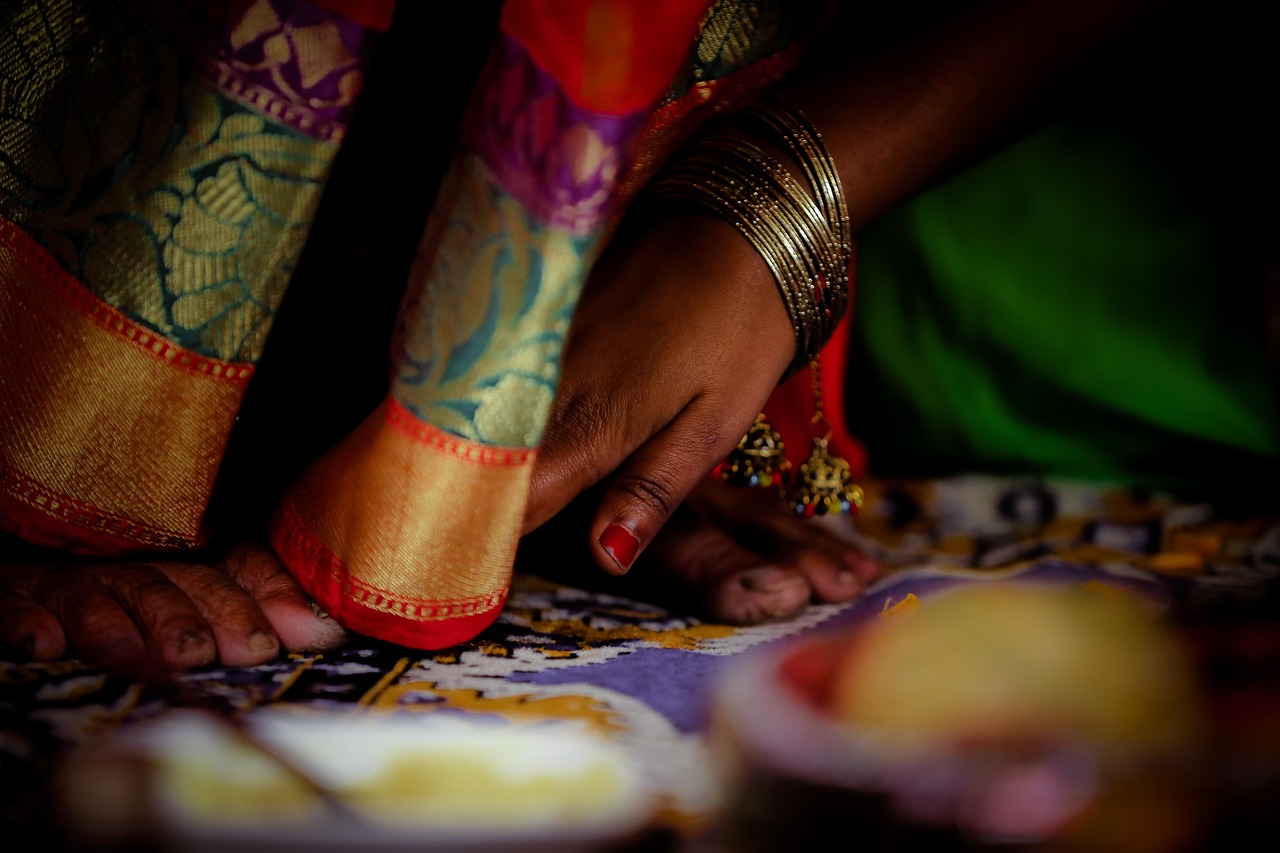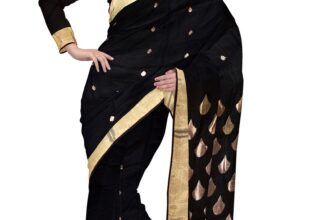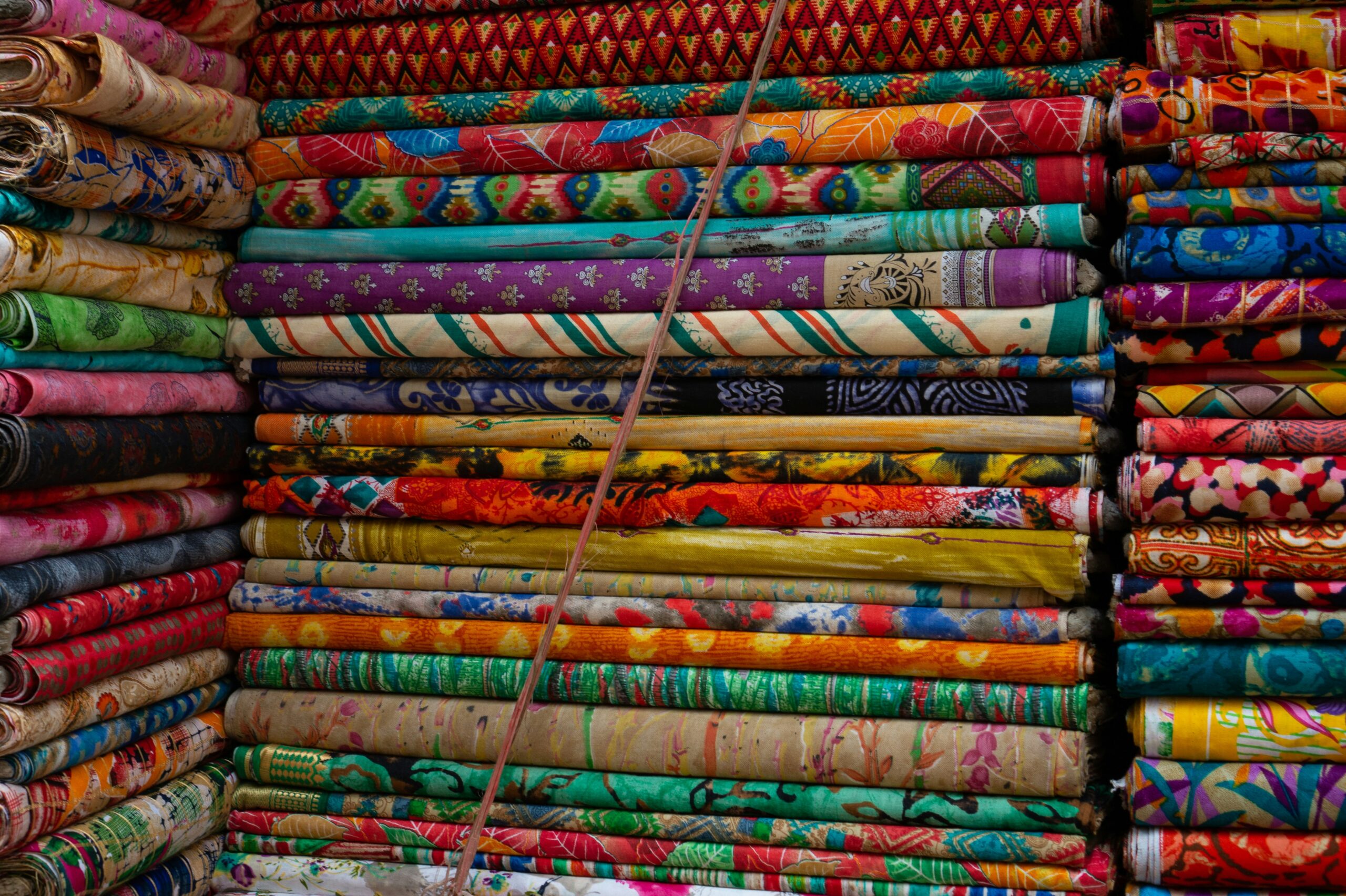
The silk saree, with its intricate weaves, vibrant colors, and rich textures, is an iconic symbol of India’s cultural heritage. It stands as a testament to the country’s long-standing tradition of textile craftsmanship, which dates back thousands of years. The silk saree is not just a piece of clothing but a cultural artifact, worn during significant life events like weddings, festivals, and ceremonies. In this blog, we will delve into the fascinating history of silk sarees, their evolution, and their importance in Indian culture.
The Origins of Silk in India
Silk, a luxurious and delicate fabric, has been used for centuries in India. The history of silk in India can be traced back to the ancient civilization of the Indus Valley (around 2500 BCE), where evidence suggests the use of silk threads for textiles. However, it was during the Mauryan period (322–185 BCE) that silk weaving began to gain prominence, particularly in the region of present-day Bihar, where the art of silk weaving flourished.
The ancient Indian texts, including the Rigveda, mention silk as a symbol of wealth and opulence. It is believed that silk was introduced to India by the Chinese via the Silk Road, which connected India to Central Asia, China, and Europe. Over time, Indian weavers adapted Chinese techniques and developed their own distinct styles of weaving silk, creating a unique blend of local traditions and foreign influences.
The Rise of Silk Sarees: A Symbol of Status
Silk sarees became an integral part of Indian culture and fashion during the Gupta period (circa 320–550 CE). They were highly prized by the elite and aristocracy for their softness, sheen, and intricate craftsmanship. Silk sarees were considered a symbol of social status, wealth, and elegance, often worn by royalty and the affluent classes during religious ceremonies, royal courts, and festivals.
During the Mughal era (1526–1857 CE), silk sarees experienced a golden period of artistic expression. The Mughal emperors were known for their love of luxurious textiles, and they introduced intricate embroidery and embellishments such as gold and silver zari work into silk saree designs. The use of rich colors, floral motifs, and detailed craftsmanship became characteristic of this period, influencing the design of sarees that are still popular today.
Regional Variations of Silk Sarees
India’s diverse geography and culture have given rise to a wide variety of silk sarees, each with its unique history and design elements. Let’s explore some of the most popular types of silk sarees from different regions of India:
1. Kanjivaram Sarees (Tamil Nadu)
Kanjivaram sarees, also known as Kanchipuram sarees, are perhaps the most famous of all Indian silk sarees. Originating from the town of Kanchipuram in Tamil Nadu, these sarees are known for their rich texture, vibrant colors, and beautiful zari work. The sarees are made from high-quality mulberry silk and are woven with intricate patterns that include temples, peacocks, and floral designs. Kanjivaram sarees are traditionally worn at weddings and other auspicious occasions, making them a symbol of prosperity and good fortune.
2. Banarasi Sarees (Uttar Pradesh)
Banarasi silk sarees, woven in Varanasi (formerly known as Banaras), are one of the most coveted sarees in Indian culture. These sarees are famous for their rich brocade work, often involving gold or silver threads. The motifs on Banarasi sarees typically include floral patterns, paisleys, and architectural designs. The art of weaving Banarasi sarees is believed to have been brought to India by Persian weavers during the Mughal era. Banarasi sarees are synonymous with opulence and are often worn by brides in northern India.
3. Mysore Silk Sarees (Karnataka)
Mysore silk sarees are crafted in the city of Mysore, Karnataka. Known for their smooth texture and vibrant colors, Mysore silk sarees are woven using the finest quality silk threads. These sarees are distinguished by their simple yet elegant designs, often adorned with gold borders. Mysore silk is prized for its softness and the way it drapes beautifully on the body, making it a popular choice for formal events and weddings.
4. Tussar Silk Sarees (Bihar and Jharkhand)
Tussar silk, also known as Kosa silk, is a wild silk produced in India, primarily in Bihar and Jharkhand. Tussar silk sarees are known for their earthy, natural golden hue, which gives them a unique appeal. These sarees are often handwoven with traditional designs and are lightweight, making them ideal for summer wear. Tussar silk sarees are usually worn for everyday occasions and are cherished for their simplicity and understated elegance.
5. Patola Sarees (Gujarat)
The Patola saree is an exquisite creation from the state of Gujarat, particularly from the town of Patan. The sarees are known for their double ikat weaving technique, which involves dyeing both the warp and the weft threads before weaving. This intricate process results in striking geometric patterns and vibrant colors. Patola sarees are traditionally worn by the royal families and are highly prized for their craftsmanship and rarity.
The Significance of Silk Sarees in Indian Culture
Silk sarees hold great cultural significance in India. They are an integral part of important milestones in life, such as weddings, religious ceremonies, and festivals. The choice of silk saree for a wedding, for instance, is symbolic of purity, prosperity, and tradition. A bride’s wedding trousseau often includes multiple silk sarees, each representing a different aspect of her new life.
In addition to their use in personal milestones, silk sarees also play a significant role in religious rituals. Many temples in India require devotees to wear silk sarees during their visits, as the fabric is considered auspicious and sacred.
The Legacy and Future of Silk Sarees
Despite the changing trends in fashion and the increasing popularity of western attire, the silk saree continues to hold a special place in Indian culture. It remains a symbol of tradition, elegance, and timeless beauty. In recent years, there has been a resurgence in interest in traditional handwoven silk sarees, driven by the growing appreciation for sustainable and ethical fashion.
The legacy of silk sarees is being preserved through the efforts of artisans and designers who continue to innovate while staying true to the craft. By incorporating modern design elements and eco-friendly techniques, they are ensuring that silk sarees remain relevant and appreciated by future generations.
Conclusion
The silk saree is more than just a garment; it is a living tradition, representing the essence of India’s rich cultural heritage. From its ancient origins to its contemporary significance, the silk saree has endured the test of time, evolving with changing trends while maintaining its symbolic importance. Whether worn for a wedding, a festival, or a religious occasion, the silk saree will always be an enduring symbol of elegance, artistry, and tradition in Indian culture.






